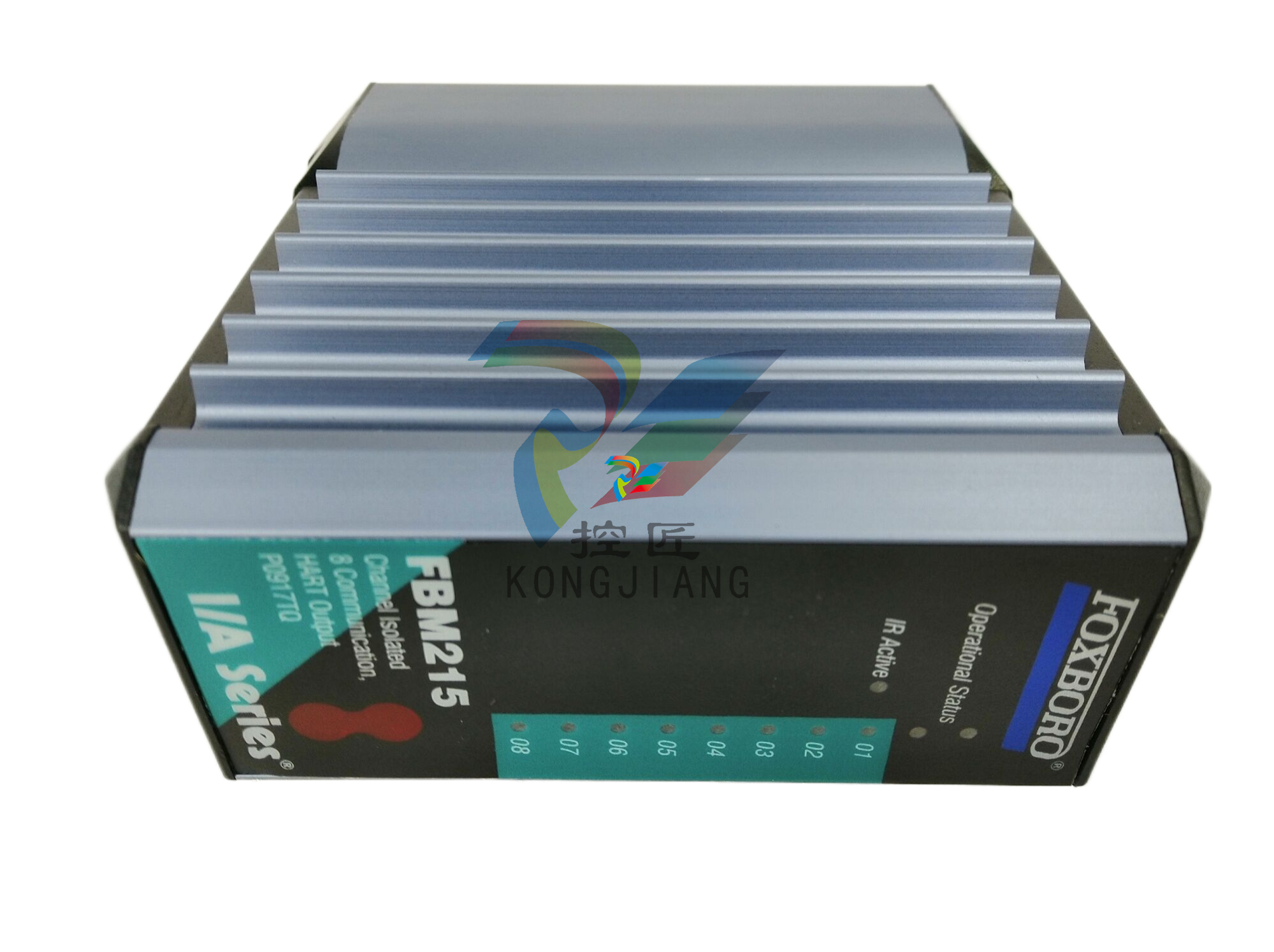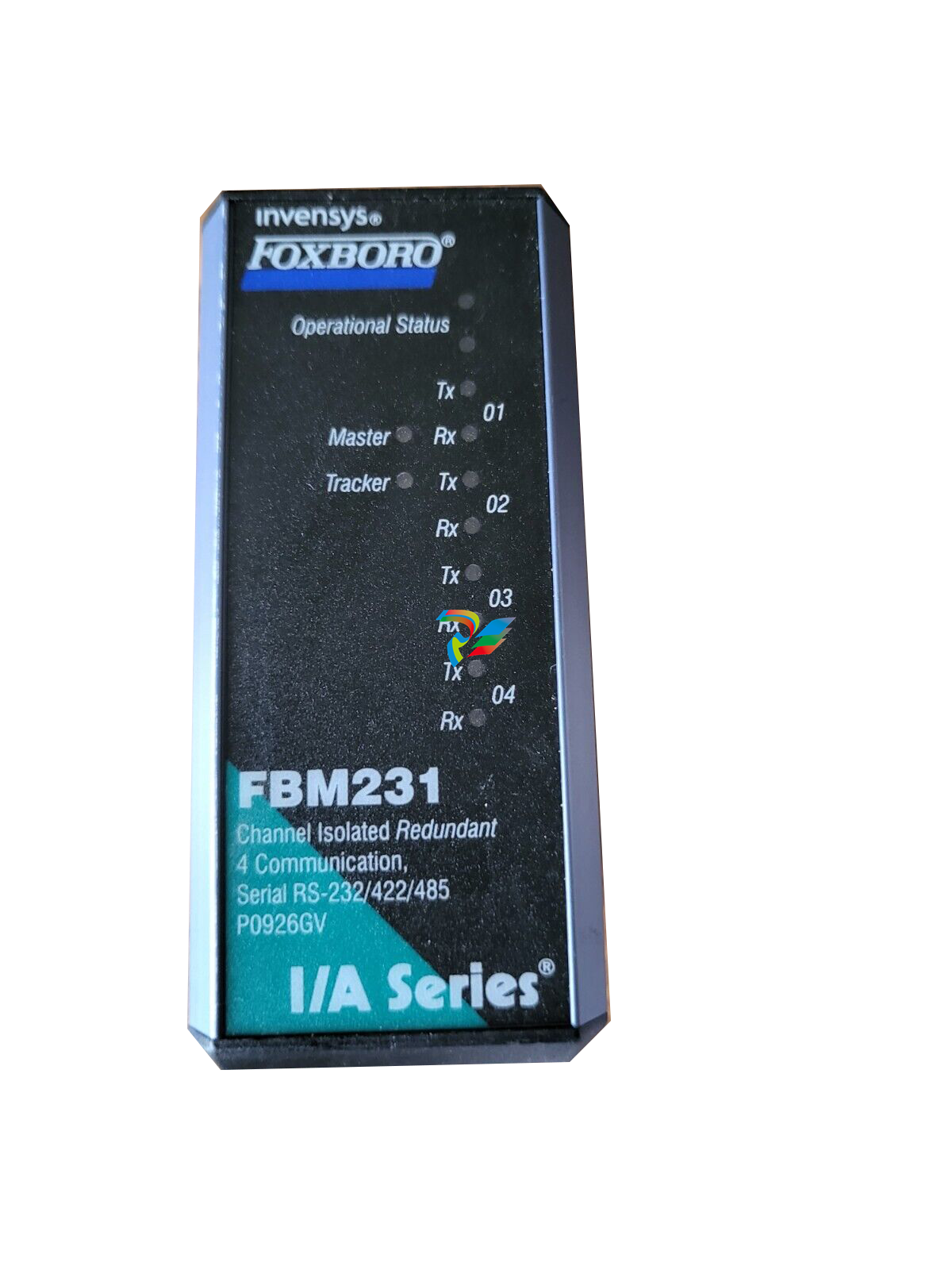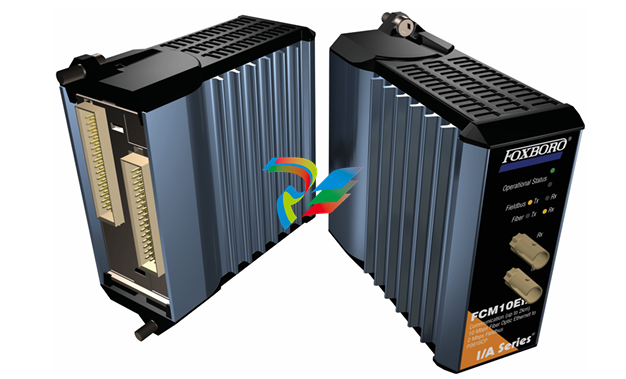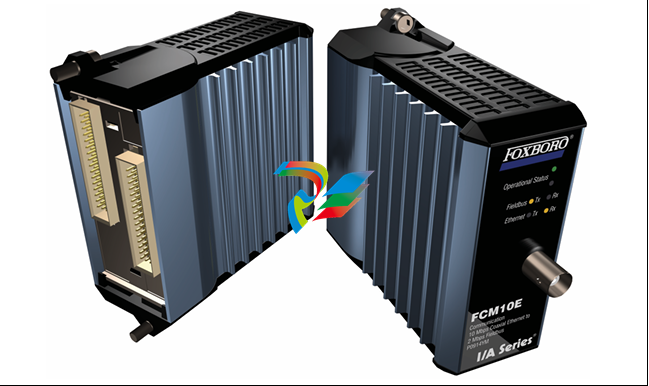
Edge Computing Fundamentals

In the realm of information technology (IT), edge computing is a concept that has revolutionized the way data and computing tasks are processed. Traditionally, these tasks were processed in a centralized location on a local server. Edge computing has decentralized this process, which moves resource-heavy computing tasks to the cloud while using the edge devices on the network for simple calculations and data orchestration. This shift has been enabled by the Internet of Things (IoT) using sensor data and cloud computing, which are becoming more cost effective.
Edge computing brings the power and advantages of computing closer to where data is created and acted upon. This proximity improves efficiency, security and reduces bandwidth requirements. Edge devices and sensors, which are the sources of data generation and collection, often lack the compute and storage resources needed to perform advanced analytics. This is where edge computing comes into play, which can handle real-time data processing for important smart factory applications like predictive maintenance on premise in facilities.
Cloud computing, on the other hand, is performed in a remote environment hosted by public cloud companies like Microsoft, Amazon or IBM. This environment supports more data-intensive and less time-critical processes. Public cloud providers increasingly focus on a hybrid cloud model, according to Forbes. This model allows manufacturers to store and analyze their proprietary internal process information locally on their own servers, while offloading resource-intensive applications like machine learning to a public cloud to take advantage of scale and cost efficiencies.
Edge computing supports Industry 4.0/smart manufacturing
Edge computing is a pivotal architecture in supporting Industry 4.0 and smart manufacturing initiatives. Factories that deploy edge platforms experience faster network speeds and low latency, which significantly contribute to better decision making and production optimization. This ultimately improves return on investment.
By using edge and cloud computing, manufacturers improve productivity and identify revenue opportunities from the efficiencies and capabilities of smart systems. In particular, real-time overall equipment effectiveness (OEE) visualization tools provide full visibility into every aspect of a factory’s efficiency.
OEE—a key performance indicator (KPI) calculated to measure machine and overall manufacturing performance—was invented in the 1960s by Seiichi Nakajima, the founder of the Total Productive Maintenance (TPM) system. It is not a static, individual measurement of success, failure or mediocrity, but rather a living metrics combination that points operational technologists to the levers they must pull to improve business performance.
The first and most common challenge for an effective OEE implementation is data collection. Good data analytics start with good data availability. For manufacturing environments that use hundreds of types of machines and gather data from multiple industrial protocols, real-time data collection from machines is critical.
Advanced industrial IoT (IIoT) data management edge platforms provide this. Most offer core capabilities that include real-time access to operational data, data rationalization to identify relevant points, data transformation into usable formats and speedy delivery for ingestion by cloud and middleware (operational technology (OT) and IT systems.
Edge computing is performed at or near devices and offers more security, lower latency and more bandwidth capacity and reliability than cloud services. The most efficient IIoT edge platforms for data management include a large library of protocol converters that enable machine data collection using open and private protocols such as OPC UA and OPC DA, Modbus, MTConnect, BACnet, EtherNet/IP and Profinet for networked machines. The edge solution makes data collection a simple process, particularly for choosing the driver and appointing it to the IP address. All the tags are auto enumerated.
For machines requiring analog or digital input/output (I/O) data collection or external instrumentation, edge platforms can collect data from sensors or from a hardware adaptor for legacy machines. With the machines connected, algorithms can be set up by mapping the variables to a trigger. The logic was previously written in traditional programming languages. However, newer platforms provide a low- or no-code environment for a visual logic workflow to facilitate application creation, maintenance and calculations. OEE calculations can be done machine by machine and consolidated by line, shift and plant level to improve management visibility.
Alarm functions for monitoring specific machine and process conditions can be added and customized to automated actions.
With robust OT/IT edge integration software, it is possible to automate machine setup and reduce setup time, as the software’s low latency is critical to avoid hidden downtime in the machine. With improved process visibility, managers have better information for planned stops and can calculate the machine OEE and schedule maintenance based on machine information.
Every manufacturer knows that unscheduled downtime is expensive. If one machine component fails, it can halt the entire production system, which could result in the loss of production time, raw materials and more.
Edge platforms can be deployed to learn expected machine behavior and fully automate preventive maintenance with triggers that identify anomalies in the production cycle such as power consumption, vibration and noise and temperature. Given that the most common challenge for smart factories is usually interoperability with infrastructure implementation, it is well worth prioritizing IIoT architecture that uses edge intelligence to integrate legacy machines and sensors into IT systems.
Use cases
As previously mentioned, the fundamental purpose of edge computing is to collect data from edge devices or “things.” But an edge computing platform offers several other use cases as well such as:
Executing business/application specific logic: As edge software runs near the devices, it makes sense to execute logic that uses data generated at the edge and makes real-time decisions. This ensures fast response and less resource usage compared to sending all data to cloud for decision making. The logic itself depends on the application. For example, consider a scenario where a chiller provides coolant to all shop floor machines. Edge software will decide chiller output level based on current load and send commands to the chiller.
Local visualization: Edge software can provide local visualization such as a human-machine interface (HMI) for plant people. Examples include:
Viewing production information
Viewing output of logic executed on edge
Viewing operator-provided downtime reasons.
Sending control commands: Control commands can originate from following sources:
As a result of logic executed in edge software.
As a result of logic executed in cloud server such as data analytics.
User-initiated commands such as starting or stopping a pump.
One of my favorites is the “machine interlock” feature. If a machine is down for more than a defined threshold, edge software will switch on an interlock output that prevents the operator from starting the machine unless they have entered a downtime reason.
Generating alerts: Edge software can generate alarms/alerts by evaluating data for various purposes. For example, perform continuous condition monitoring of devices and generate alerts for maintenance team.
Data transformation: Perform data transformation based on defined rules and send processed data to the cloud rather than raw data. This reduces data volume sent to the cloud and conserves bandwidth and cloud storage. For example, send average rather than raw data of parameters.
Send data to a third-party server: Sometimes data generated on the edge must be shared with third-party servers. The edge software is ideally suited for this purpose. It can do required data transformation and send data to the third-party server. For example, report emissions data to regulators.
Edge software architecture
The next decision is how the edge software should be architected, for example, what components it should offer one or more of the aforementioned use cases.
Figure 1 shows components in typical edge software. Each installation of the same edge software will have different components. Consider these examples:
Installation A uses OPC UA, EtherNet/IP drivers and edge processor 1.
Installation B uses Modbus TCP, Modbus RTU and OPC UA drivers; edge processor 1 and edge processor 2; and sends data to a 3rd party server.

Architecture of edge software must provide interfaces to plug in these different instances of components and have capability to orchestrate their execution. This is very critical. The individual instances of components will be developed using a base design or may be parameterized in some cases. An edge configuration tool allows users to define components that will go in a specific instance and configure them. The configuration tool normally runs in the cloud with a part of it running on the edge. This tool or a separate component handles device management and provisioning including over the air (OTA) updates. A key requirement is to ensure that edge software runs 24/7.
Edge computing in Industry 4.0
According to IoT Analytics, the number of connected IoT devices is expected to reach 14.4 billion by the end of 2022. Allied Market Research states that the global value of IoT in manufacturing products was $198.25 billion in 2020, with predictive maintenance applications commanding the largest share. Thanks in large part to advances in smart sensors and virtual and augmented reality, the demand for real-time asset monitoring will boost the overall value to $1,495.65 billion by 2030, at a compound annual growth rate of 22.6 percent from 2021.
With exponentially more IoT devices collecting, analyzing and processing more data and information, the need for edge computing can only increase in an effort to reduce latency and increase speed. With the edge orchestrating, aggregating and trimming data on the fly, companies will rely on the cloud for long-term storage and cost-efficient compute. The toughest decision corporations will face is choosing which data points are worth real-time analysis on premise, which need long-term storage and analysis in the cloud and, most importantly, which data needs no analysis at all.
The future of edge computing and Industry 4.0
Many experts believe enterprises will deploy edge platforms and 5G wireless communications together in the coming years. A recent article from The Enterprisers Project indicates that the “next big thing” will be private 5G networks. 5G adds ultra-reliable, low-latency communication (URLLC) that has previously only been offered on Class-C Ethernet technology.
With increased data transfer speeds, decreased latency and higher capacity of 5G technology, factories will be able to scale without relying on proprietary industrial Ethernet protocols via standard wired network infrastructures. Combining edge computing with 5G will allow more flexibility in on-premise deployments by extending the range and reach of data collection to assets normally unreachable through wired deployments or bandwidth constraints.
Artificial Intelligence (AI) solutions depend on edge computing and will continue to require an IoT platform to integrate legacy equipment into new and developing solutions. The importance of device level data acquisition will continue to be critical in scaling solutions across this heterogenous mix of complex IT and OT protocols in manufacturing and industrial environments.













































.jpg)
.jpg)
.jpg)





.jpg)



.png)
.jpg)

.jpg)
_lVjBYb.jpg)

.jpg)
.jpg)



.jpg)
.jpg)







.jpg)

.jpg)
.jpg)






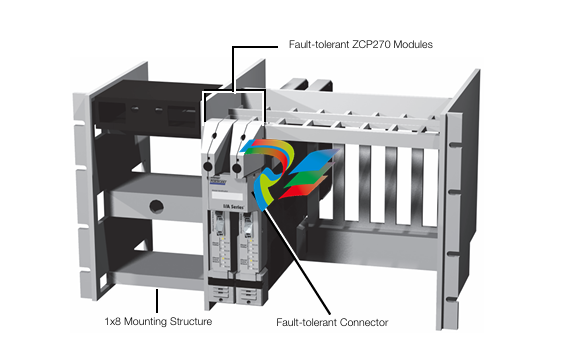

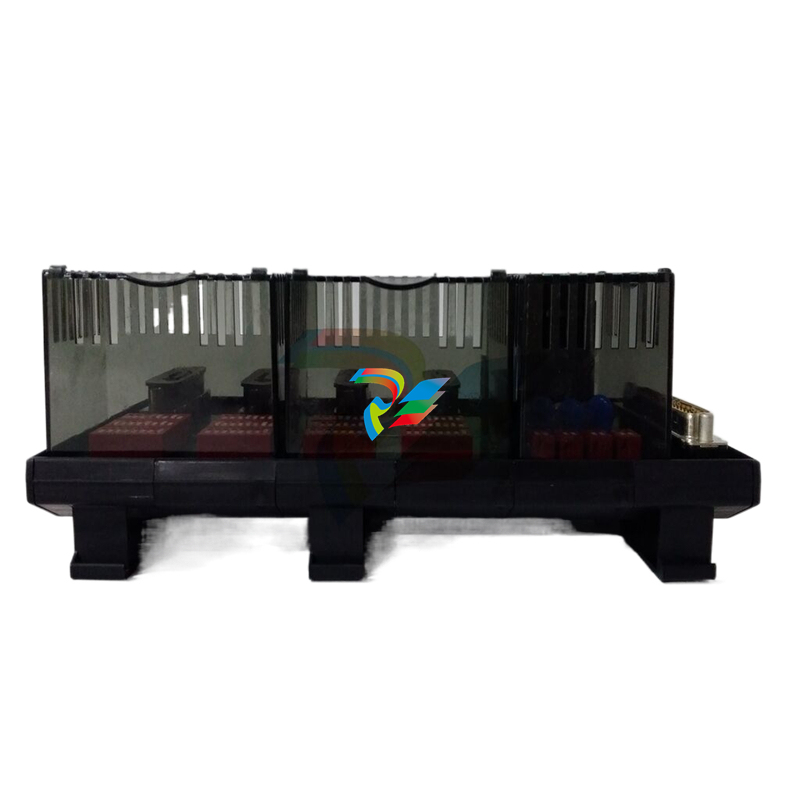
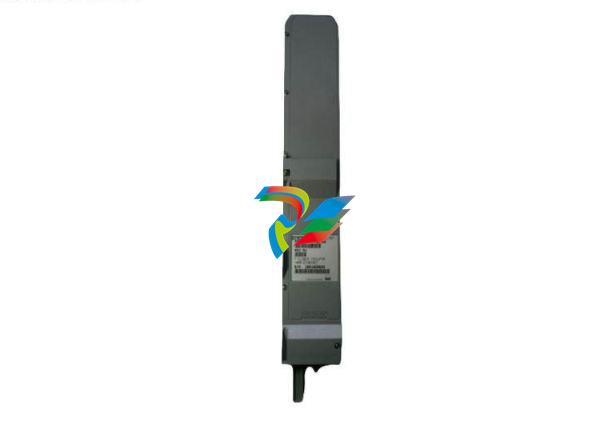
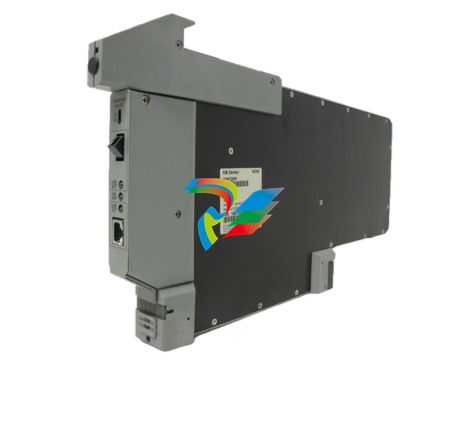
.jpg)
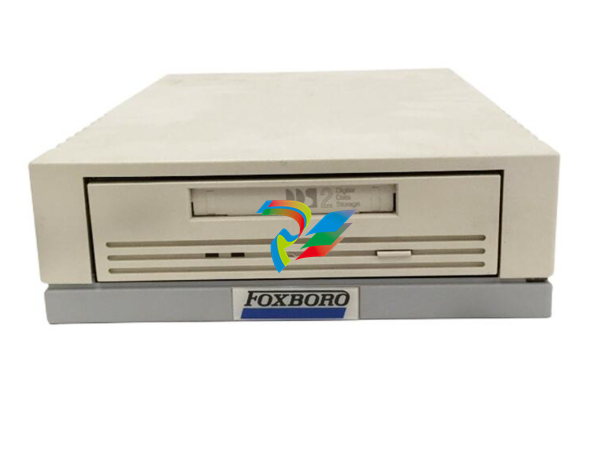

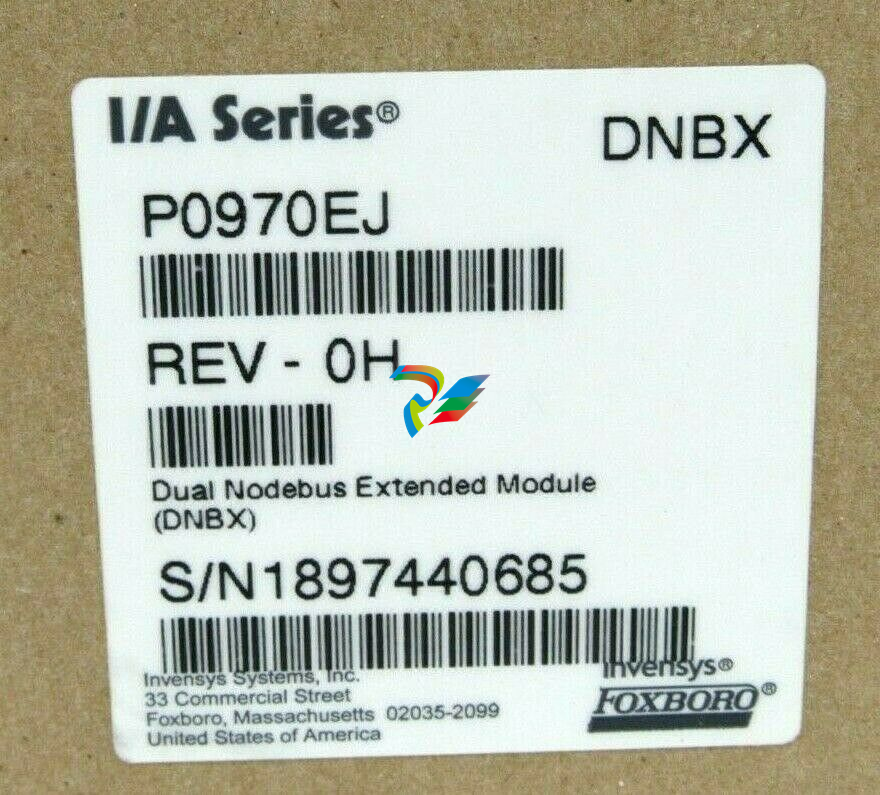

.jpg)
.jpg)
.jpg)
.jpg)
.jpg)
.jpg)
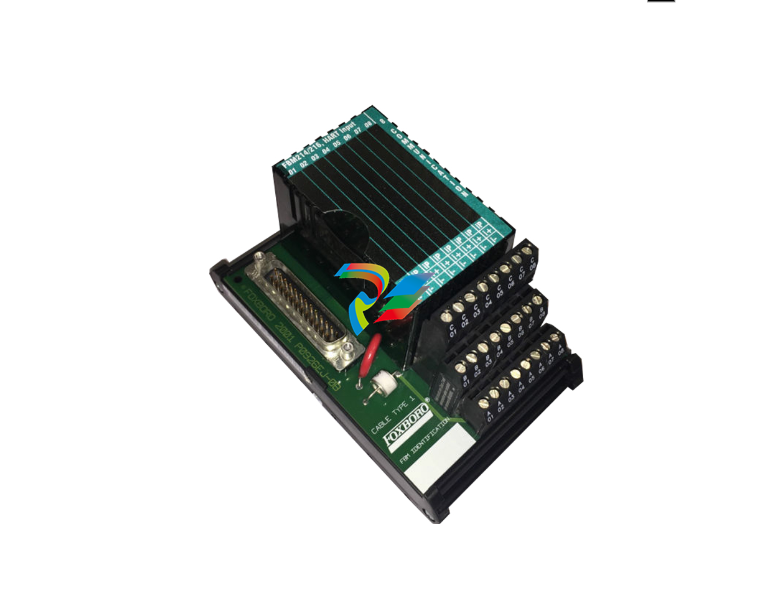
.jpg)
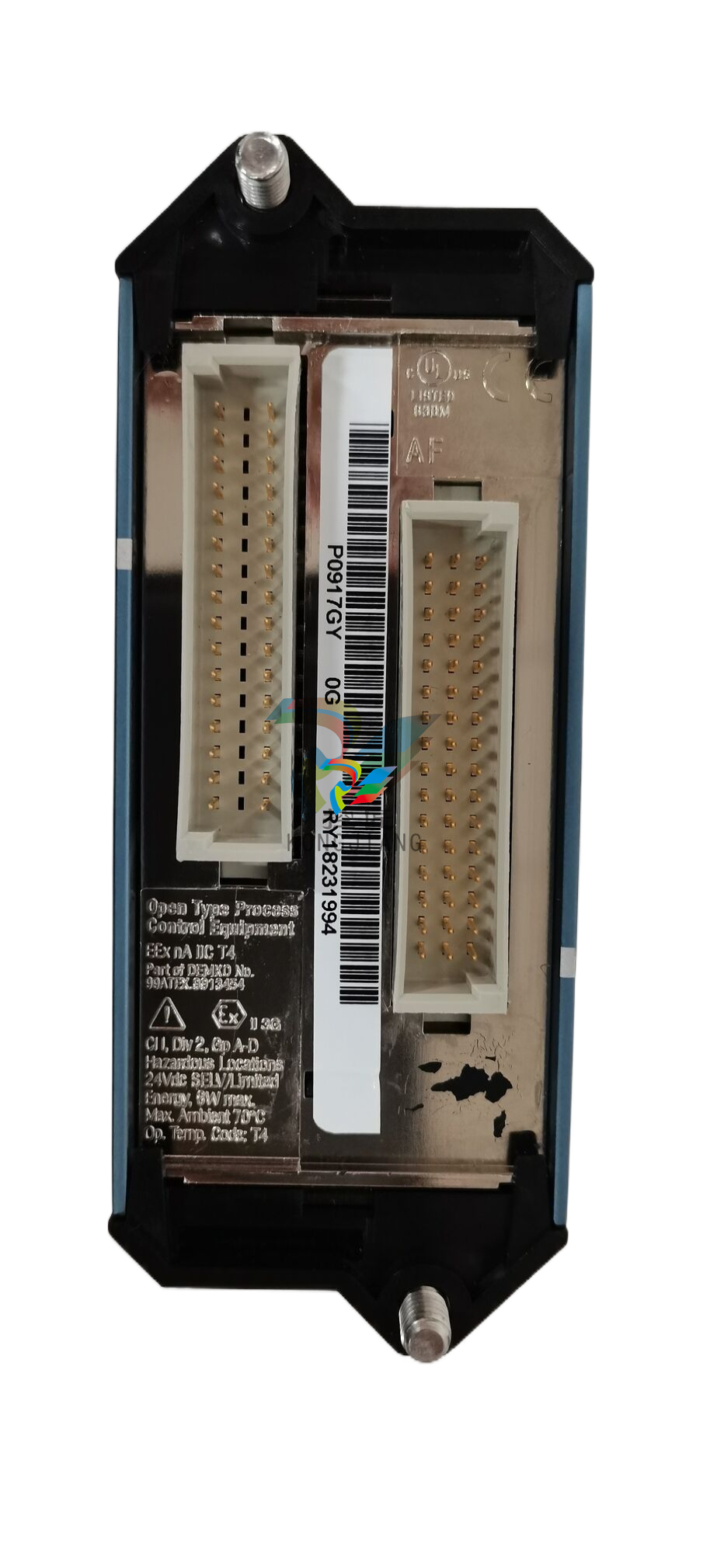
.jpg)
.jpg)
.jpg)
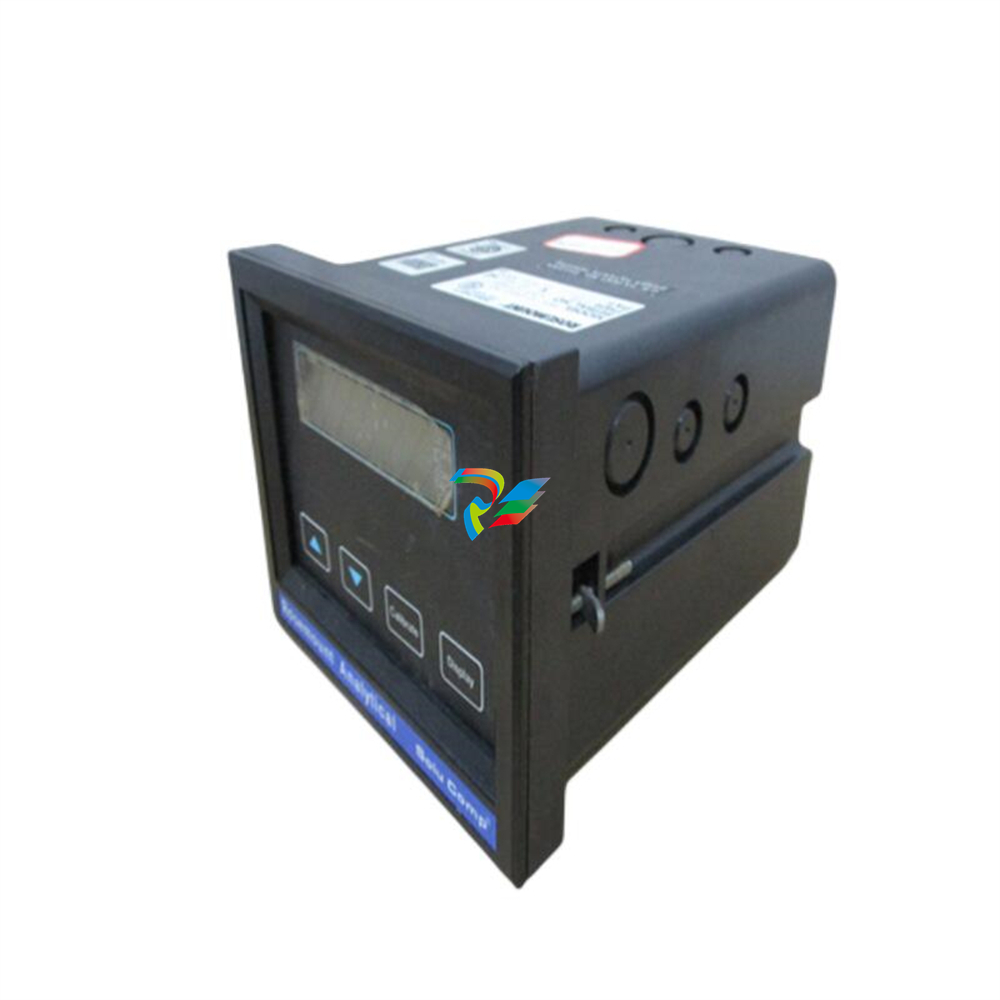
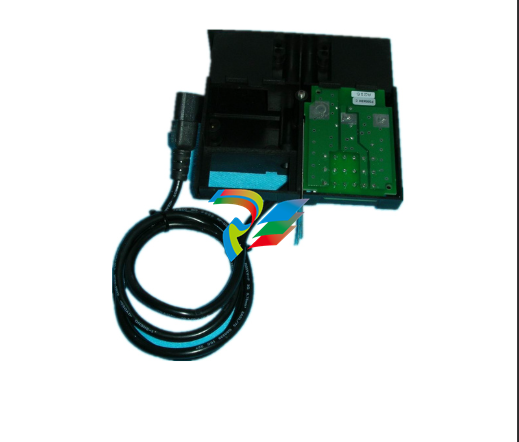
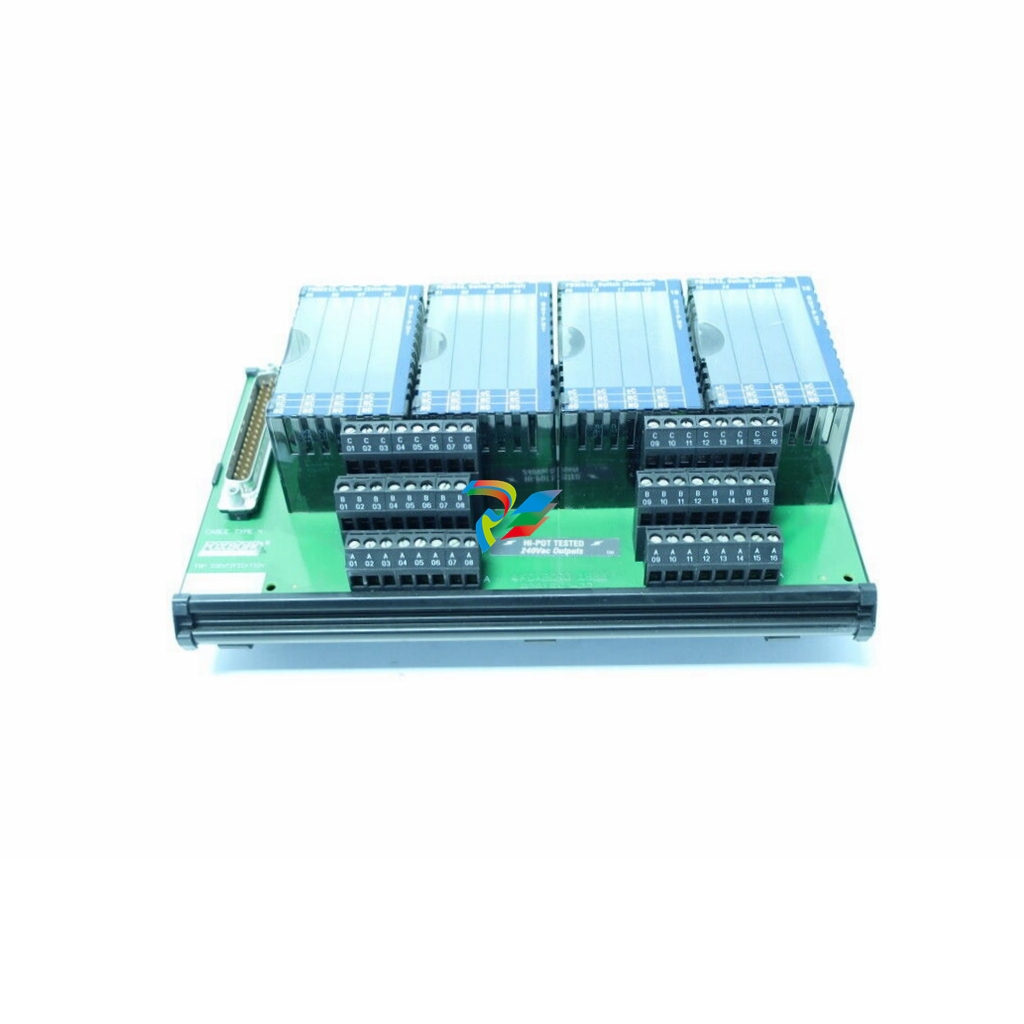
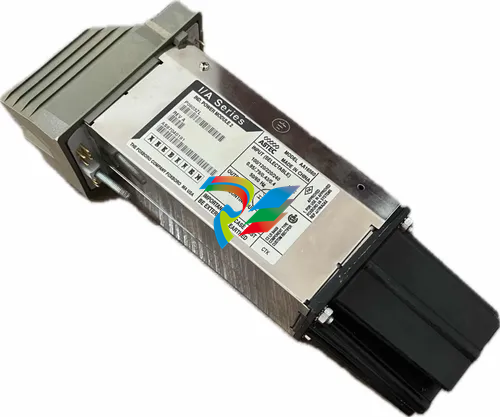

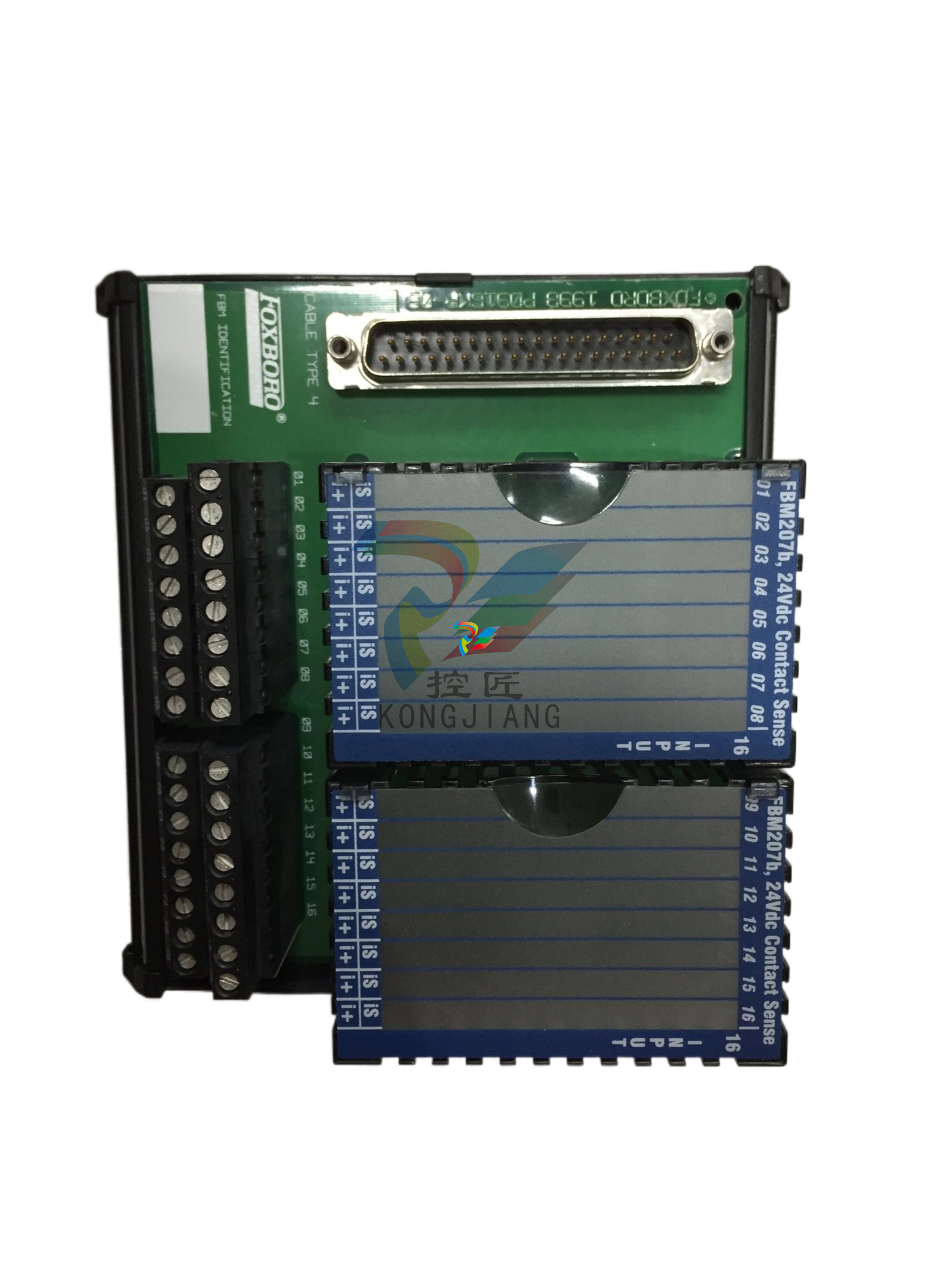
.jpg)

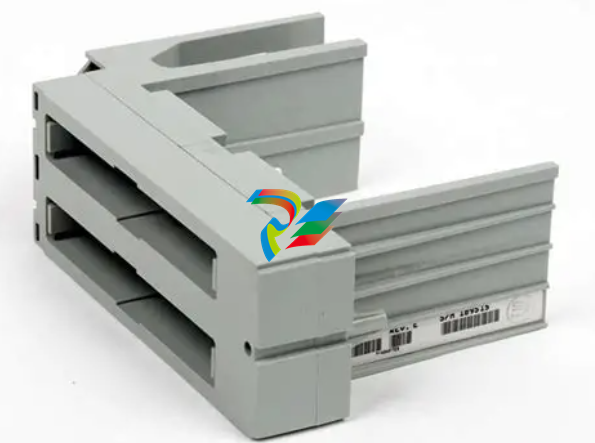
.jpg)
